Nothing prepared me for the deliciousness that would confront me when my cassoulet was done.
From the very beginning, I celebrated only part of the challenge – the confit. And the cassoulet aka bean bake? I crossed right off my list because I knew, I just knew from the ingredients list that it couldn’t possibly turn out into something even remotely edible. For me, this was one instance when I didn’t sway to all things ‘French’. I decided that I would be a part-timer on this occassion.
Cassoulet is a rich, slow cooked stew or casserole that originated in the south of France during the 14th century. It traditionally contains pork, sausages, and white beans as well as a duck or goose confit and then topped with fried bread crumbs or cracklings. The dish is named after its traditional cooking vessel, the cassole, which is a deep, round earthenware pot with slanted sides. This is a dish that traditionally takes about three days to prepare, but is oh so worth all the effort!! A confit, in case you don’t know, is one of the oldest ways to preserve food. It is essentially any kind of food that has been immersed in any kind of fat for both flavor and preservation. When stored in a cool place, confit can last for several months! Typically meats (most often waterfowl) are preserved in fats, while fruits are preserved in sugar.
Blog Checking Lines: Our January 2011 Challenge comes from Jenni of The Gingered Whisk and Lisa from Parsley, Sage, Desserts and Line Drives. They have challenged the Daring Cooks to learn how to make a confit and use it within the traditional French dish of Cassoulet.
Mandatory: You must make a confit and incorporate it in to a cassoulet.
Variations: You may choose to use any combination of meat or other protein source that you wish. We also encourage you to soak your own beans, but we understand if you decide to use canned. As extra credit, we challenge you to make your own sausages!!
Duck Confit
Ingredients
2 whole duck legs (leg and thigh), (size/weight irrelevant)Sea salt
2 cups/480 ml/450 gm/16 oz duck fat
A healthy pinch or grind of fresh black pepper
4 sprigs of fresh thyme
1 teaspoon Herbs de Provence
3-4 garlic cloves
How to
Day One
Rub the duck legs fairly generously with sea salt, place in a shallow dish, cover with plastic and refrigerate overnight.
Keep your work area clean and your ingredients free of contamination – meaning don’t allow any other food, like bread crumbs or scraps, to get into your duck, duck fat or confit, as they will make an otherwise nearly non-perishable preparation suddenly perishable.
Day Two
Preheat the oven to moderately hot 375ºF/190ºC/gas mark 5.
Rinse the salt off the duck and dry with kitchen tissue and then render (melt) the duck fat in a saucepan until clear.
After seasoning with the black pepper, place the duck legs in the clean, ovenproof casserole. Nestle the thyme and garlic in with the duck legs, sprinkle the Herbs de Provence over the top and pour the melted duck fat over the legs to just cover.
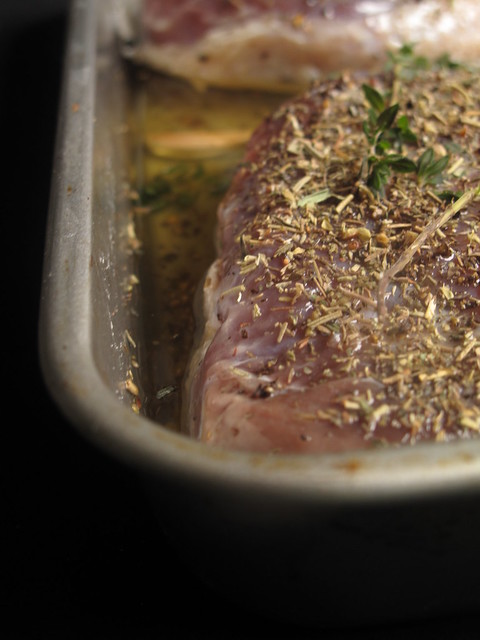
Cover the dish with foil and put in the oven. Cook for about an hour or two (mine took two), or until the skin at the “ankle” of each leg pulls away from the “knuckle” and the meat is tender.
Allow to cool and then store as is in the refrigerator, sealed under the fat. When you need the confit, you can either warm the whole dish, in which case removing the legs will be easy, or dig them out of the cold fat and scrape off the excess. I highly recommend the former. A nice touch at this point is to twist out the thighbone from the cold confit. Just place one hand on the drumstick, pinioning the leg to the table, and with the other hand, twist out the thighbone, plucking it from the flesh without mangling the thigh meat.
For the cassoulet, I used one duck leg. The other leg, I removed from the duck fat and put it in the deep freezer for some rillettes. Then, I strained out the herbs and garlic from the liquefied duck fat, used the garlic in the cassoulet and reserved the duck fat by refrigerating.
Tips
Watch the salt. Because I used smoked prok belly and rind which were heavily salted, plus the salt in the tomato puree and from the duck confit, this dish hung in the balance. So please, be careful
Don’t omit the bread crumbs – the top crust is an exceptionally good thing. Wow.
Serve with bread or some white rice in a riff on Hoppin’ John
Cassoulet
Once I made the confit, I decided in that ‘high’ to complete the challenge. However, I was determined not to spend 3 days cooking a cassoulet, especially as it all had to be cooked and photographed on that day and so I grabbed a tin of chickpeas from the pantry, and then decided to ‘wing’ the recipe, adding elements from the book ‘New Bistro, including recipes from France’s best bistros’.
Ingredients
240g tinned (cooked) chickpeas, rinsed1 small onion or shallot, cut into 4 pieces 200g fresh pork belly (I used smoked cause I didn’t have fresh to hand)
100g pork rind (I used smoked, as with the belly)
3-4 stalks fresh thyme 1 bouquet garni (tie together two sprigs parsley, 2 sprigs thyme and one bay leaf or use a dried bouquet garni pouch, which I did)
Freshly ground black pepper, to taste
1 tablespoon duck fat
1 onion, thinly sliced
1 garlic clove, thinly sliced 1 teaspoon tomato puree 1 duck leg confit, removed from duck fat and cut into small portions Dried sausage, in thin slices (optional)
1/3 – 1/2 cup Panko bread crumbs
Cassoulet is derived from Cassole d’Issel, a type of earthernware pot made in that area of Issel clay. Chef Bringuier, a native of Castelnaudary created the dish. (Source – The Cook’s Essential Kitchen Dictionary, Jacques L. Rolland)
How to
Prepare the beans
Place the chickpeas in a medium-sized pot. Add the pork belly, the quartered onion, the pork rind and the bouquet garni. Cover with water and bring to a boil. Reduce to a simmer and cook for about 30 minutes.Turn off the heat and let cool for 20 minutes, then discard the onion and the bouquet garni. Strain the chickpeas and the rind and set aside, reserving the cooking liquid separately.
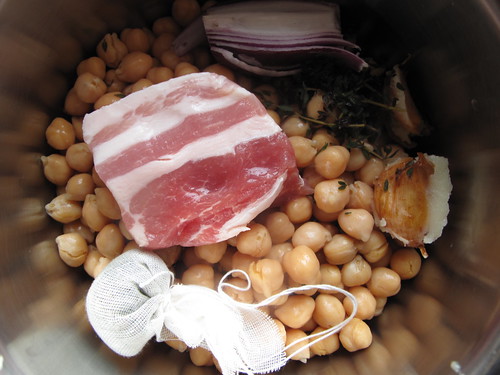
Remove the pork belly, cut it into 5-cm squares, and set aside.
To make the accompanying sauce
In a sauté pan, 1 tablespoon of duck fat over medium-high heat until it shimmers and becomes transparent. Add the chopped pork belly and fry gently till browned on all sides. Add the sliced onions and fry with the pork belly, till lightly caramelised.Add the sliced garlic to the pan and cook for a minute then stir in the tomato puree and the reserved cooking liquid. Bring to the boil then reduce the heat, cover and simmer for 5-10 minutes.Remove from the heat and set the sauce aside.
Creating the cassoulet layers
Preheat the oven to 180 degrees C (350 degrees F)
I used my mini Le Creuset stoneware pots to bake the stew. You could use a medium sized casserole dish or ramekins.
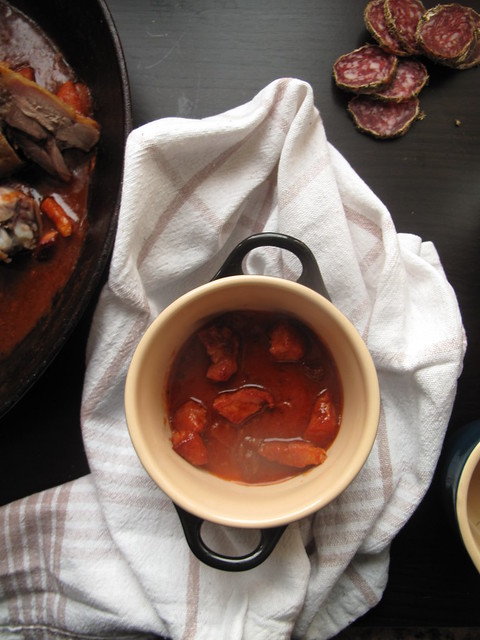
Arrange all your ingredients in alternating layers, beginning with a layer of peas, then sausage slices (if using – I did use them though next time I’ll skip it – little added value), then more peas, then pork belly pieces from the tomato puree sauce, more peas, a piece of duck confit and finally more peas, finishing with a few spoonfuls of the umami-rich tomato liquor, so that the juice just comes up to the top of the peas.

Finally top with a layer of breadcrumbs and bake in the centre of the oven for 15 minutes. Then reduce the oven temperature to 160 degrees C (325 degrees F) and cook for another 20 minutes till the crust is golden and bubbly.
‘It is possible for us to get to a place of understanding without the barricades of mindsets.’ My husband
The verdict
Surprise. Shock. Astonishment. There was no way I had anticipated the flavours, the layers, the wholesomeness of the dish. I was disappointed that I hadn’t been able to taste the bake in my head long before it came out the oven. But not that ashamed that I let it be. No way. I ate it with some bread and then again with rice. You know what, I will make this again……
Thank you Jenni of The Gingered Whisk and Lisa from Parsley, Sage, Desserts and Line Drives for a great, winter-appropriate dish, for teaching me how to confit and use up my duck legs which had been in the deep freezer for a few good months and getting me to eat more legumes. Great start to the new year.
Have a superb weekend everyone. Lots of love and see you when I return from Berlin next week – an emergency trip…..
Have you ever made a cassoulet or had some? Any secret recipes/ingredients to share? Head to the Daring Kitchen to see what the others cooked.
[wpurp-searchable-recipe]New Year’s Cookfest with the Daring Cooks: Confit & Cassoulet – – – [/wpurp-searchable-recipe]

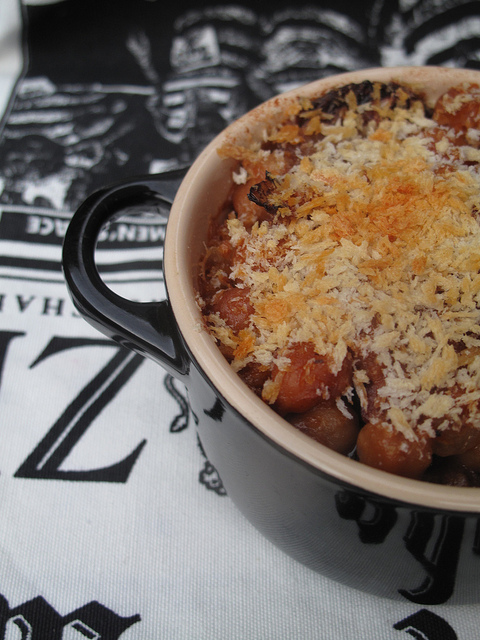

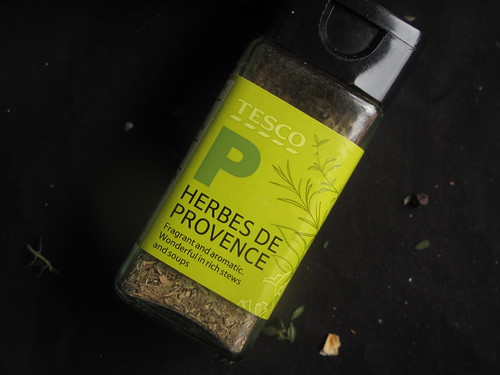
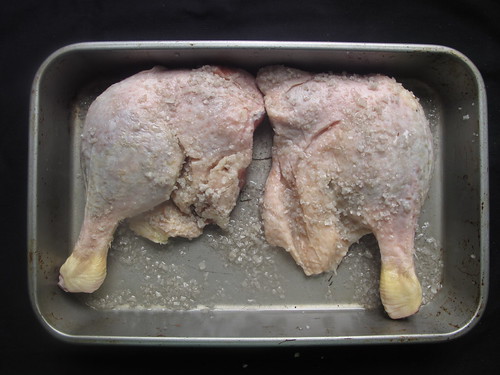
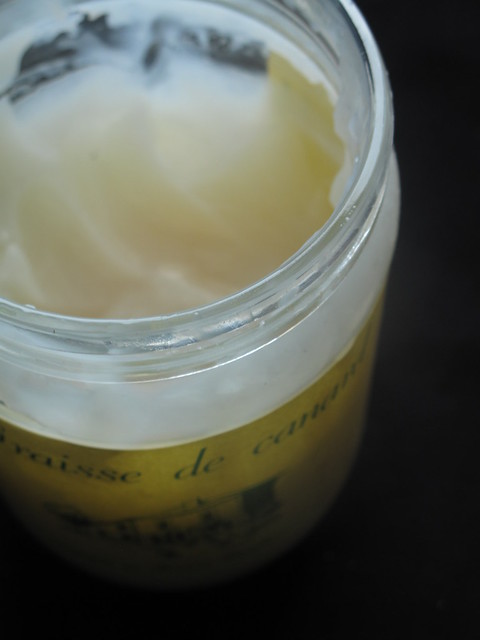
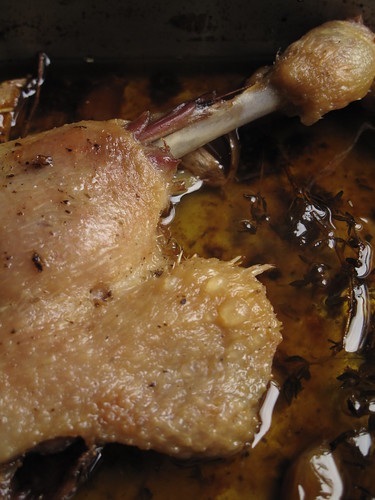
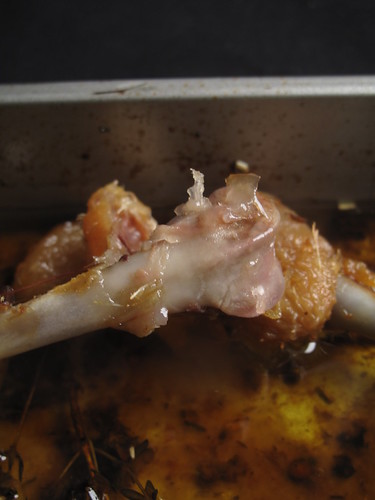
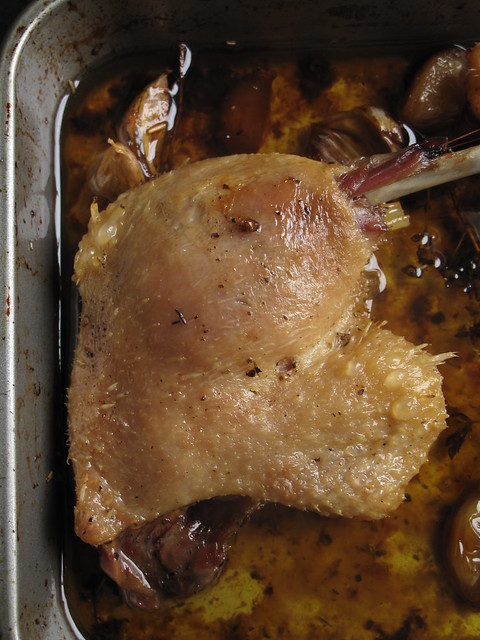
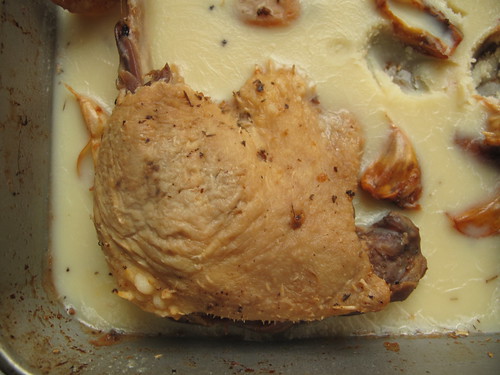
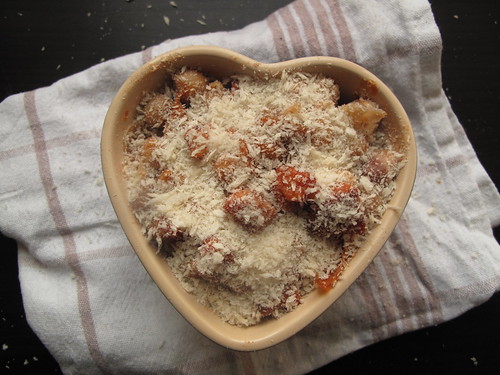
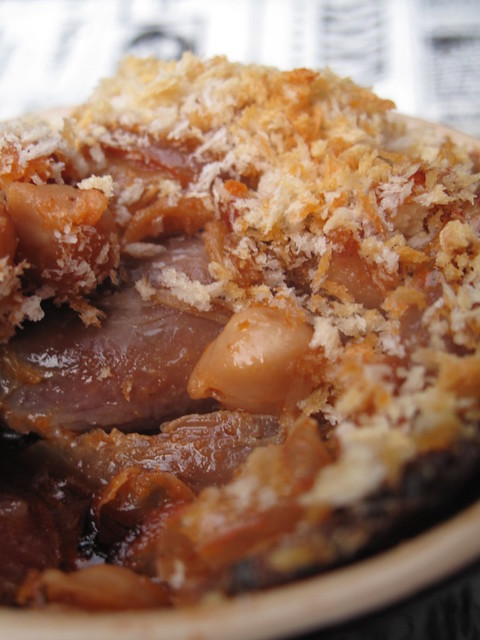
Leave a Reply